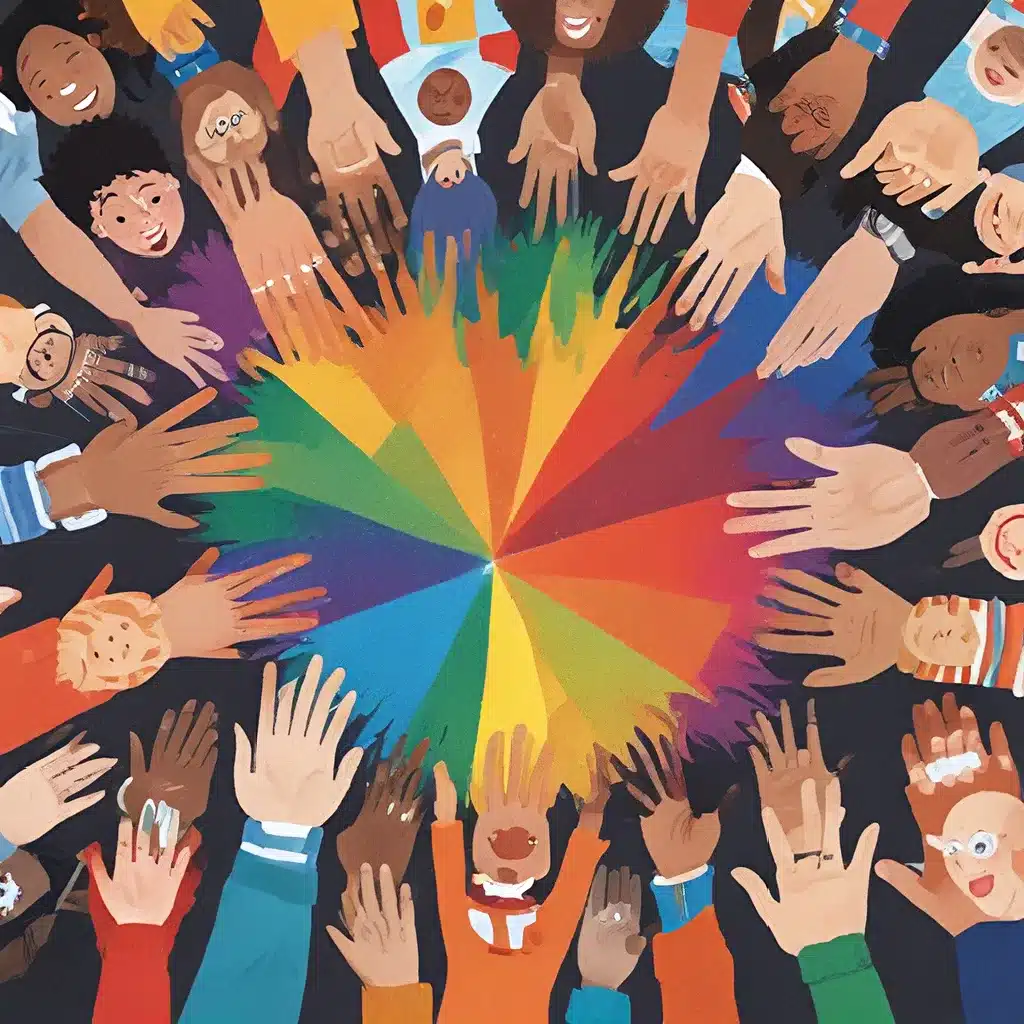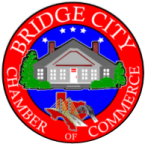
A Journey of Advocacy and Action Through Empowering Inclusive Classrooms
In a world brimming with diverse individuals, the field of education stands as a cornerstone of societal progress, shaping the minds and nurturing the talents of future generations. Yet, while traditional education models have long been the norm, a paradigm shift has emerged, advocating for a more inclusive approach to learning. Inclusive education, a philosophy that embraces diversity and caters to the unique needs of all students, has proven itself to be a catalyst for academic success, social growth, and personal fulfillment.
Overcoming Challenges, Empowering Learners
As an inclusive education specialist in the rural community of Bridge City, my journey has been one of unwavering dedication and creative problem-solving. With limited resources and a single classroom, I have persevered in creating a nurturing environment where every child feels valued and supported, regardless of their abilities.
Navigating the obstacles of financial constraints and the disheartening trend of students dropping out of school has been a constant challenge. Yet, amidst these difficulties, I have witnessed the resilience and determination of my students, who continue to strive for excellence despite the odds they face. Their stories are a testament to the power of education to transform lives, inspiring me to never waver in my commitment to creating a more inclusive world.
Inclusive Education: A Fundamental Right
Inclusive education is not merely a pedagogical approach; it is a fundamental right for all children. It is a commitment to ensuring that every student has the opportunity to learn, grow, and thrive in an environment that celebrates their unique strengths and abilities. By embracing inclusive education, we not only empower the next generation to succeed but also cultivate a more just, equitable, and inclusive society for us all.
Strategies for Inclusive Classrooms
Creating inclusive classrooms requires a multifaceted approach that encompasses both physical and instructional considerations. From implementing Universal Design for Learning (UDL) principles to developing Individualized Education Plans (IEPs), inclusive education specialists employ a range of strategies to ensure that every student has the opportunity to reach their full potential.
Universal Design for Learning (UDL)
UDL is a framework for designing learning experiences that are accessible and adaptable to all students, regardless of their abilities. It emphasizes providing multiple means of representation, action, and expression, and engagement, to ensure that all students have the opportunity to learn effectively.
Individualized Education Plans (IEPs)
IEPs are tailored plans that provide specific instruction, accommodations, and support services to meet the unique needs of students with disabilities. Collaboration between educators, parents, and support professionals is essential for developing and implementing effective IEPs.
Assistive Technology (AT)
AT refers to tools and devices that can help students with disabilities overcome barriers and participate more fully in the classroom. This can include text-to-speech software, speech-generating devices, and adapted learning materials.
Ongoing Assessment and Reflection
Regular assessment and reflection are essential for ensuring that inclusive practices are effective and meeting the needs of all students. Educators should gather feedback from students, parents, and colleagues to identify areas for improvement and make adjustments accordingly.
Embracing Diversity, Celebrating Differences
In my pursuit of creating inclusive classrooms, I have come to appreciate the profound impact that effective teaching methods and resources can have on students with diverse learning needs. By embracing multisensory learning, promoting collaborative learning, creating a resourceful environment, and incorporating culturally relevant pedagogies, I have been able to empower my students to overcome challenges, discover their unique talents, and reach their full potential.
Multisensory Learning
Recognizing the power of multisensory learning, I have incorporated a variety of hands-on activities, visual aids, and interactive experiences into my teaching. By engaging multiple senses, I have been able to capture the attention of all learners, making the learning process more accessible and enjoyable.
Collaborative Learning
Collaborative learning has been a cornerstone of my classroom, fostering a sense of community, encouraging peer support, and promoting the development of essential social skills. Through group projects, peer tutoring, and cooperative learning activities, students have been able to learn from one another, share their unique perspectives, and build their confidence.
Resourceful Environment
Despite the limited resources available in my classroom setting, I have embraced creativity and resourcefulness, finding ways to make learning engaging and accessible for all students. By repurposing materials, creating teaching aids, and utilizing some technological tools, I have been able to bridge the gap between resource constraints and effective teaching.
Culturally Relevant Pedagogies
To make learning more meaningful and engaging for my students, I have strived to incorporate culturally relevant learning methodologies into my teaching. This has involved using culturally diverse materials, celebrating cultural traditions, and incorporating students’ own experiences and perspectives into the curriculum.
Collaborative Partnerships: The Key to Empowerment
When parents, teachers, and other stakeholders join forces, they create a powerful network of support that empowers students with disabilities to thrive. This collaborative approach fosters a holistic understanding of each student’s needs, leading to tailored strategies, unwavering encouragement, and a collective belief in their potential.
The benefits of collaboration extend far beyond the individual student, impacting the entire learning environment and society as a whole. By working together, stakeholders gain a deeper understanding of the diverse needs of students with disabilities, develop more effective and individualized support strategies, create a more inclusive and welcoming school environment for all students, promote a culture of acceptance, respect, and celebration of diversity, and empower students with disabilities to become self-advocates and active contributors to their communities.
Inspiring Change, Empowering Futures
As I reflect on my journey as an inclusive education specialist, I am filled with a sense of gratitude and a deep commitment to continue inspiring change and empowering the futures of the students in Bridge City. Despite the challenges I face, I remain steadfast in my belief that every child, regardless of their abilities, deserves the opportunity to learn, grow, and thrive in an environment that celebrates their unique strengths and celebrates diversity.
Through the stories of my students, the collaborative partnerships I have forged, and the inclusive practices I have implemented, I hope to leave a lasting legacy that inspires future educators to embrace diversity, celebrate differences, and empower every learner to reach their full potential. By doing so, we can create a world where inclusive education is not just a goal, but a reality that transforms lives and shapes a more just, equitable, and inclusive society for all.


